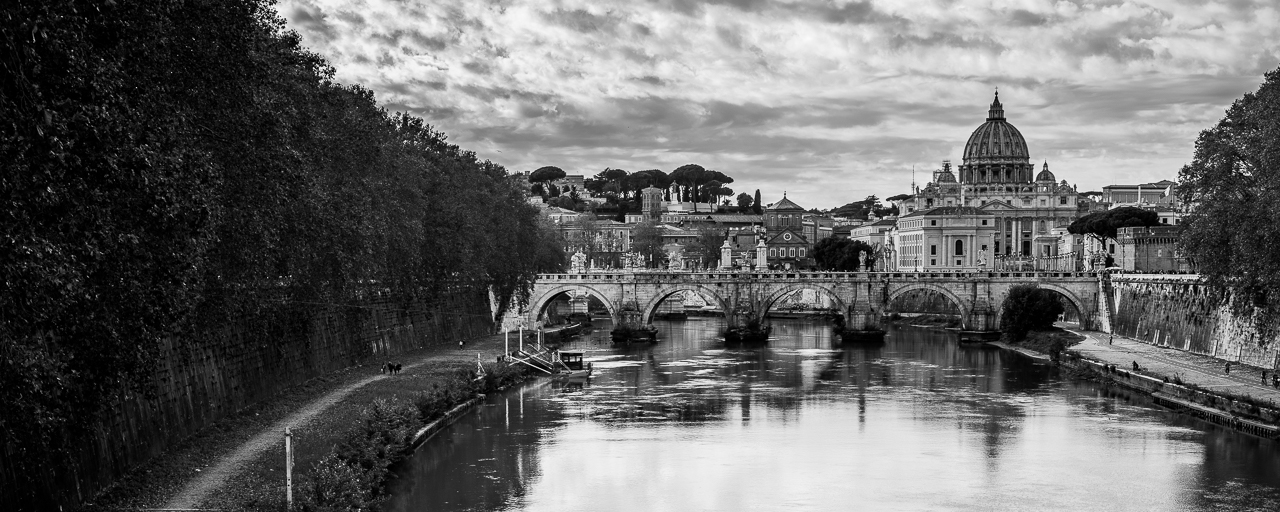Speaker
Description
This work is devoted on the recent work on precise investigation of gas parameters in the realistic Resistive Plate Chamber (RPC) detectors. A laser test facility is assembled in Helmholtz-Zentrum Dresden Rossendorf. UV laser pulses of 257 nm wavelength are generated and focused into the gas gap of detector prototypes to ignite primary electrons by Multi-photon Ionization process. As the volume, position and intensity of the laser focus are well defined, the volume and position of primary electrons is controlled to micro-meter scale, and number of primary electrons is also possible to be investigated. An overall accuracy in the order of micro-meter is achieved, and be validated by experiments.
RPC prototypes that works under realistic conditions are developed, tested with the laser test facility to investigate the gas parameters. A serial of interconnected experiments are operated to investigate the performance of RPC detector and the electron avalanche process, to investigate the effective Townsend coefficient and electron drift velocity. The experimental results are in agreement with the previous experiments and simulations at the field strengths of trigger RPC (around 50 kV/cm). For the effective Townsend coefficient, as the field strength increases, the measured gas parameters begins to separate with simulation values, and the value at timing RPC fields (around 100 kV/cm) is only half compared to the simulation value. The experimental results has also supported the current understanding about the relation of rate capability and electrode resistivity.

